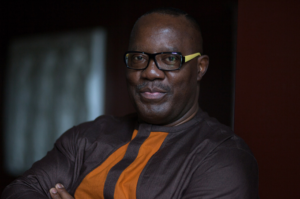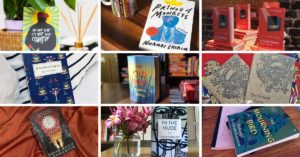Around the time I started my first novel, I came across the words: “Non-fiction uses fact to help us see the lies. Fiction uses metaphor to help us see the truth.” I pinned the words on a piece of paper to my noticeboard, and tried and failed to find the originator of that observation. Later, I read an essay by the Nobel prize-winning South African author Nadine Gordimer, titled Witness: the Inward Testimony…She put into words the artistic journey I had accidentally embarked upon.
Gordimer opens her essay with the events of 11 September 2001: “Terror pounced from the sky and the world made witness to it.” She contemplates the media coverage of the felling of the twin towers, the difference between the reporter’s job, the pundit’s job and that of the writer. “Meaning is what cannot be reached by the immediacy of the image, the description of the sequence of events, the methodologies of expert analysis … Kafka says the writer sees among the ruins ‘different (and more) things than others … it is seeing what is really taking place’.” Gordimer called it “witness literature”.
Witness literature is fiction, not non-fiction, an interplay of sometimes real events or a context that is real, with fictional events and characters, combined with the aesthetic qualities of fiction. Witness literature is also not autobiographical fiction. It took me a while to understand why western journalists insisted on describing my novels as autobiographical, since they are no more so than, say, Chesil Beach is based on Ian McEwan’s actual wedding night.
I may, one day, become a different kind of writer, one who finds other kinds of stories and other kinds of reasons for shaping and fashioning them with words. But for the last decade “witness” as been my quest, has it was Nadine Gordimer’s for 60 years.
— Aminatta Forna, The Guardian UK
The Novelist as Witness— Aminatta Forna on How Nadine Gordimer Inspired Her Writing
September 19, 2013
Ainehi Edoro | administrator









COMMENTS -
Reader Interactions